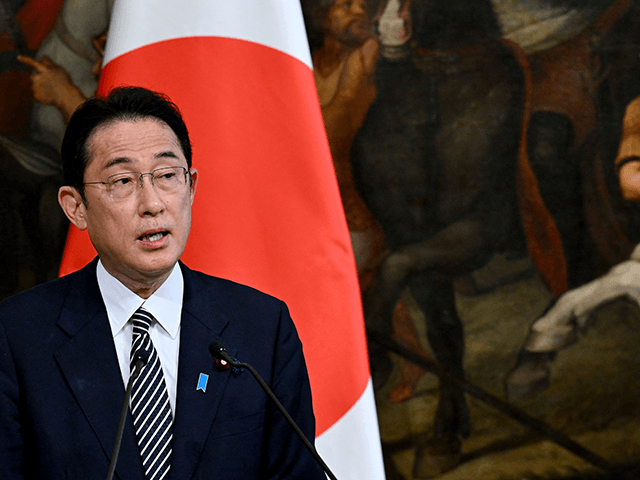Japan’s federal government said on Wednesday it is mulling over plans to build “next-generation nuclear power plants,” Kyodo News reported, noting that the admission marks a major shift from previous statements by Tokyo that it would not pursue “new nuclear energy” in the wake of the 2011 nuclear disaster in Fukushima, Japan.
“The government will take the lead in various measures to restart our nuclear power plants,” Japanese Prime Minister Kishida Fumio said at a conference on industrial decarbonization on August 23.
During his appearance at the “green energy” event, Kishida revealed that he had recently “instructed his government to consider developing safer, smaller nuclear reactors,” the Associated Press (AP) reported.
Kishida said a government panel responded to his request by “presenting him with proposals for the development and construction of ‘new innovative [nuclear] reactors designed with new safety mechanisms.’ He called on the government to speed up its examination of ‘every possible measure’ and reach a decision by the end of the year,” according to the AP.
“It is extremely important to secure all options to redesign a stable energy supply for our country,” Japanese Economy and Industry Minister Yasutoshi Nishimura told reporters at the same conference on Tuesday. “From that perspective, we will also consider all options regarding nuclear power.”

An aerial photo shows the troubled Fukushima No. 1 nuclear power plant in Okuma, Fukushima Prefecture on Nov. 22, 2016, after the strong magnitude 7.4 earthquake hit the coast of the prefecture. The power plant, damaged by 2011 tsunami, has been under decommission work and had no report accident. (The Yomiuri Shimbun via AP Images )
A magnitude 9.0 earthquake and related tsunami disabled the power supply and cooling functions of three reactors at Japan’s Fukushima Daiichi nuclear power plant on March 11, 2011. The incident caused all three cores to melt down, resulting in a secondary nuclear disaster. In the accident’s aftermath, Japan’s federal government ordered a mass shutdown of nuclear plants across Japan. The shutdown process took years and was meant to allow plant operators sufficient time to update their safety standards in line with relevant protocol introduced by Tokyo in 2013.
“Japanese utilities have since set more than 20 reactors for decommissioning, largely because of the high cost of safety measures,” the AP observed on August 24. “Of the 33 workable reactors, 25 have been screened for safety checks by the Nuclear Safety Authority. Seventeen have been approved so far, but only 10 have restarted after gaining consent from local communities, including three currently off line for regular safety inspections.”
Kishida on August 23 acknowledged that he had altered Tokyo’s policy of moving away from nuclear energy post-Fukushima in part because Japan needed to “overcome our imminent crisis of a power supply crunch.” The prime minister referred to a recent nationwide energy shortage that forced Japan’s federal government to issue its “first-ever warning over electricity availability” on March 21. Tokyo traced the unprecedented electricity shortage to a handful of causes, including the suspended operation of some thermal power plants in Japan after a 7.4-magnitude earthquake struck the archipelago’s northeast coast on March 16.

COMMENTS
Please let us know if you're having issues with commenting.